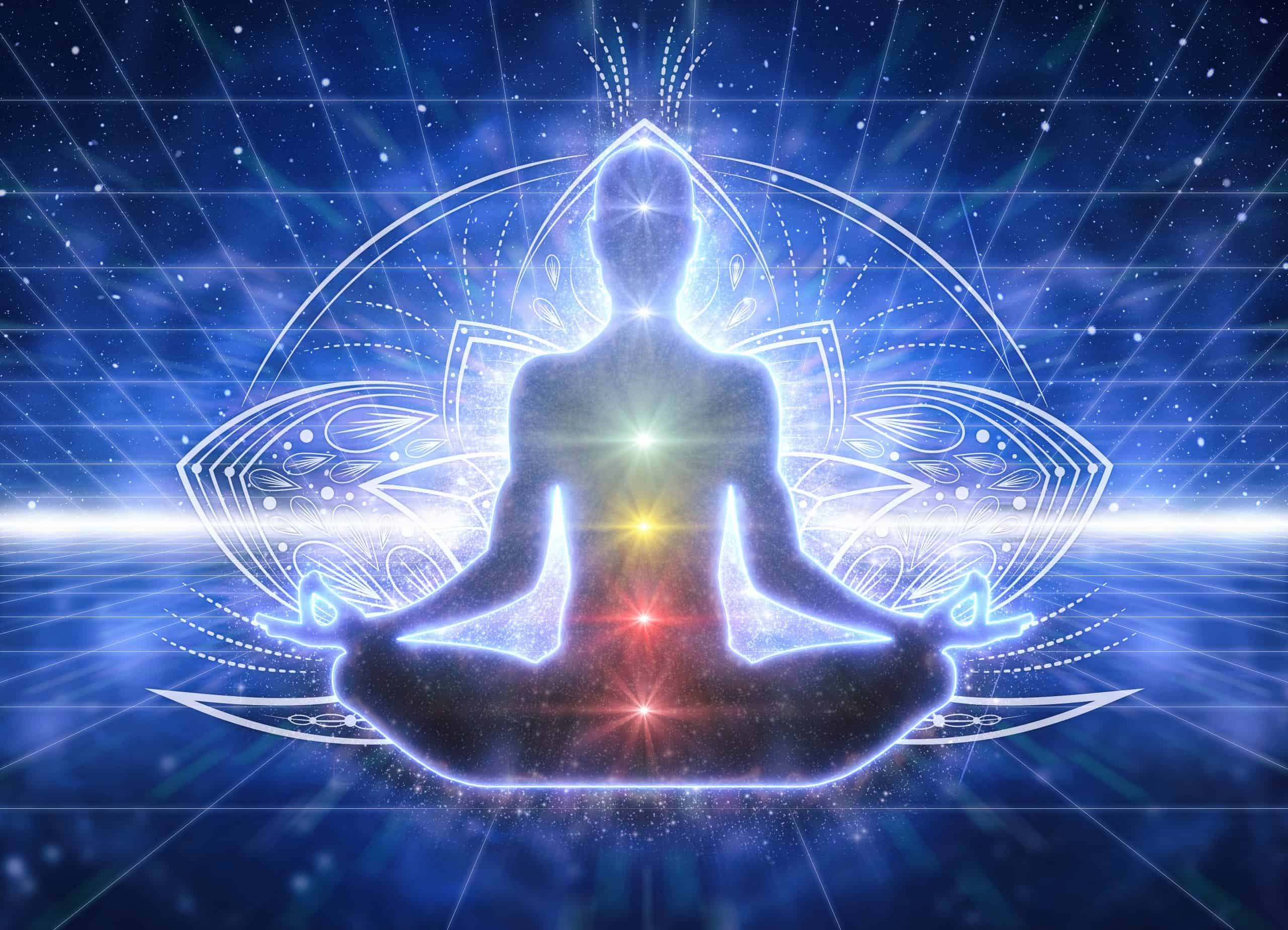
Meditation is one of those things that people talk about, but most people don’t really understand. You’ve probably heard of it as a way to ease stress or anxiety, but it may seem too foreign and strange to be a realistic option for you.
As you may know, meditation has dozens of benefits, and everybody is doing it. You look for information online or on a bookstore, and see that there are a lot of different styles of meditation. You wonder which way is best for you.
If you want to get started with meditation but aren’t sure where to begin, read on this review until it’s finished and you can learn more about the different types of meditation and how to get started. In this review there are seven best types of meditation practice that you can apply.
1. Mindfulness Meditation
Mindfulness meditation originates from Buddhist teachings and is the most popular meditation technique in the West. In mindfulness meditation, you pay attention to your thoughts as they pass through your mind. You don’t judge the thoughts or become involved with them.
You simply observe and take note of any patterns. This practice combines concentration with awareness. You may find it helpful to focus on an object or your breath while you observe any bodily sensations, thoughts, or feelings.
This type of meditation is good for people who don’t have a teacher to guide them, as it can be easily practiced alone.
2. Spiritual Meditation
Spiritual meditation is used in Eastern religions, such as Hinduism and Daoism, and in Christian faith. It’s similar to prayer in that you reflect on the silence around you and seek a deeper connection with your God or Universe.
Essential oils are commonly used to heighten the spiritual experience. Popular options include:
- Frankincense
- Myrrh
- Sage
- Cedar
- Sandalwood
- Palo santo
Spiritual meditation can be practiced at home or in a place of worship. This practice is beneficial for those who thrive in silence and seek spiritual growth.
3. Focused Meditation
Focused meditation involves concentration using any of the five senses. For example, you can focus on something internal, like your breath, or you can bring in external influences to help focus your attention. Try counting mala beads, listening to a gong, or staring at a candle flame.
This practice may be simple in theory, but it can be difficult for beginners to hold their focus for longer than a few minutes at first. If your mind does wander, it’s important to come back to the practice and refocus. As the name suggests, this practice is ideal for anyone who requires additional focus in their life.
4. Movement Meditation
Although most people think of yoga when they hear movement meditation, this practice may include walking through the woods, gardening, qigong, and other gentle forms of motion. It’s an active form of meditation where the movement guides you. Movement meditation is good for people who find peace in action and prefer to let their minds wander.
5. Mantra Meditation
Mantra meditation is prominent in many teachings, including Hindu and Buddhist traditions. This type of meditation uses a repetitive sound to clear the mind. It can be a word, phrase, or sound, such as the popular “Om.”
It doesn’t matter if your mantra is spoken loudly or quietly. After chanting the mantra for some time, you’ll be more alert and in tune with your environment. This allows you to experience deeper levels of awareness.
Some people enjoy mantra meditation because they find it easier to focus on a word than on their breath. This is also a good practice for people who don’t like silence and enjoy repetition.
6. Transcendental Meditation
Transcendental Meditation is a popular type of meditation. This practice has been the subject of numerous studies in the scientific community. It is more customizable than mantra meditation, using a mantra or series of words that are specific to each practitioner. This practice is for those who like structure and are serious about maintaining a meditation practice.
7. Progressive Relaxation
Also known as body scan meditation, progressive relaxation is a practice aimed at reducing tension in the body and promoting relaxation. Oftentimes, this form of meditation involves slowly tightening and relaxing one muscle group at a time throughout the body.
In some cases, it may also encourage you to imagine a gentle wave flowing through your body to help release any tension. This form of meditation is often used to relieve stress and unwind before bedtime.
You can use meditation to boost their mood, reduce stress levels, and promote inner peace. Good luck, and if some of the above types of meditation don’t suit you. You can try other types of meditation that suit you and can make you more comfortable or calm.


